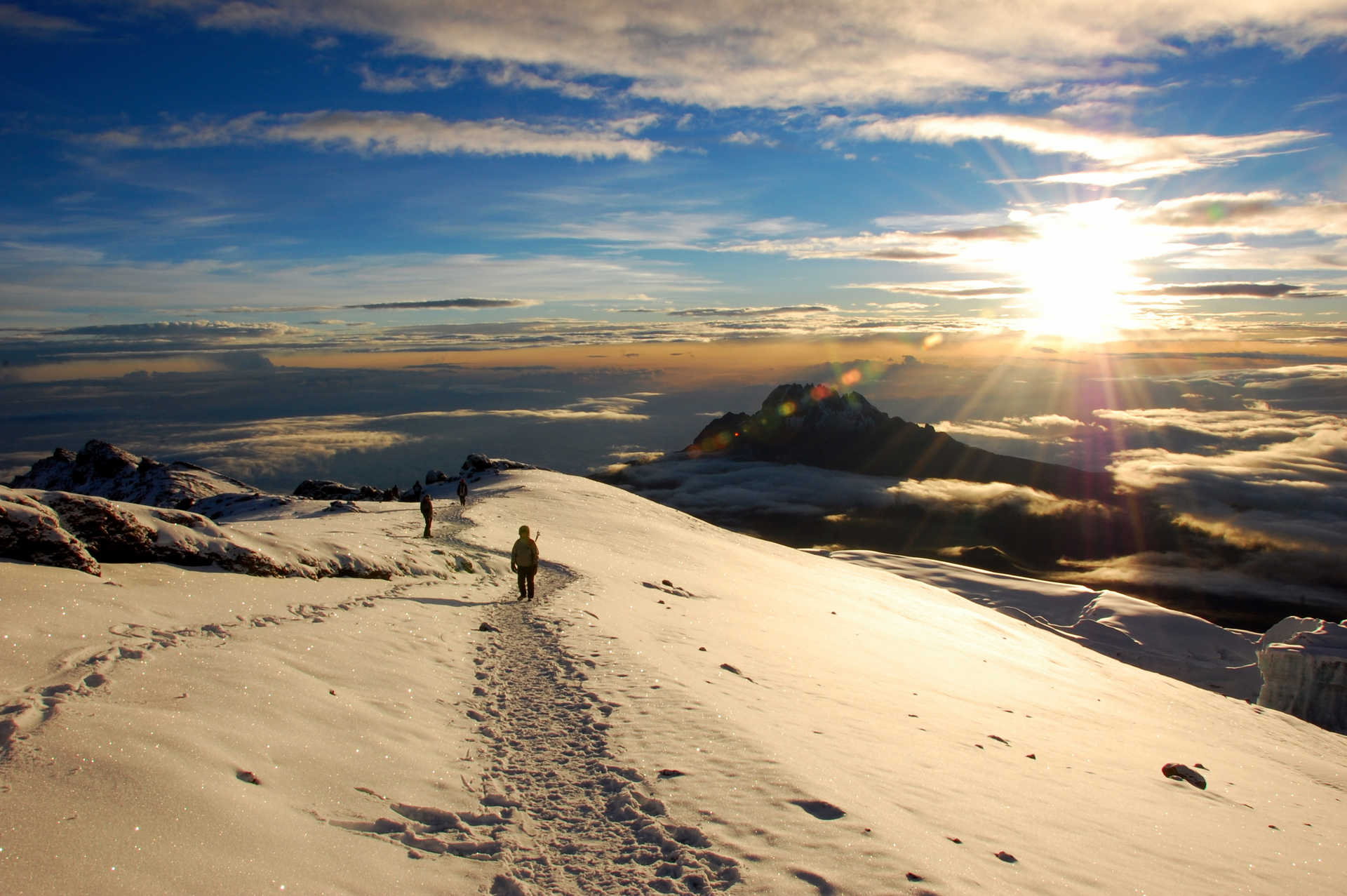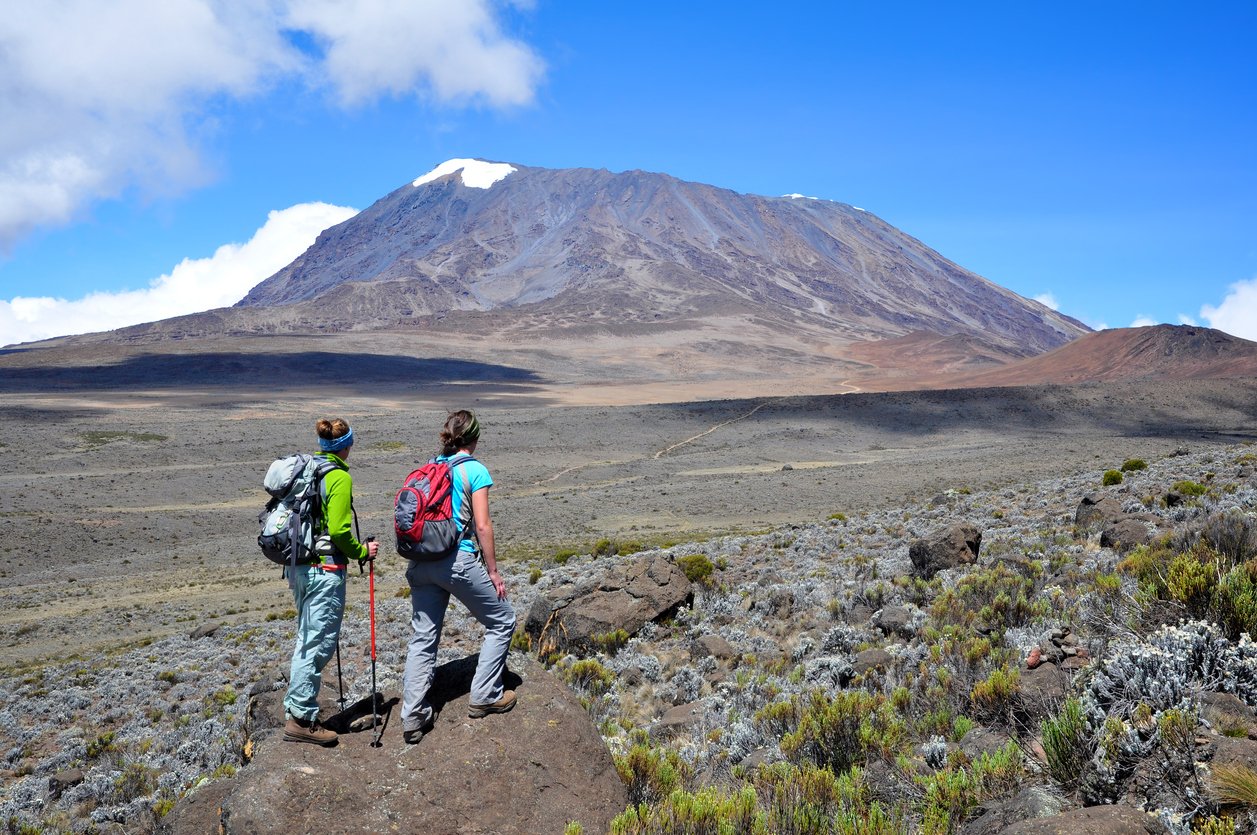Best Route to Climb Kilimanjaro: Expert Recommendations
Choosing the best route to climb Kilimanjaro is key to summiting Uhuru Peak (5,895m/19,341 ft), Africa’s highest point. With seven main routes varying in scenery, difficulty, and success rates, the best route to climb Mt Kilimanjaro depends on your fitness, time, and goals—like the best Kilimanjaro route for beginners or the one with the highest summit odds. Based on data, the Northern Circuit stands out for its 95-98% success rate and panoramic views, while Lemosho excels in beauty and acclimatization. This guide compares all options, helping you pick the best route to climb Mount Kilimanjaro for an unforgettable trek.
What Makes a Route the Best to Climb Kilimanjaro?
The best route to climb Kilimanjaro prioritizes acclimatization (longer routes reduce altitude sickness), scenery (diverse ecosystems like rainforests to glaciers), and success rates (overall 65-80%, but up to 98% on optimal paths). Factors include duration (5-10 days), crowds, and cost ($1,500-$4,000). For 2025, experts recommend routes with “climb high, sleep low” profiles. Northern Circuit tops for success, Lemosho for views, and Rongai for beginners in wetter months.
Kilimanjaro Routes Comparison: Find the Best Route
Here’s a comparison of all Kilimanjaro routes, including success rates, days, and pros/cons. Data from park stats and operators show longer routes yield higher summits.
| Route | Typical Days | Success Rate | Scenery Rating (1-5) | Crowds (1-5) | Best For | Pros | Cons |
|---|---|---|---|---|---|---|---|
| Northern Circuit | 8-10 | 95-98% | 5 | 1 | Highest success, views | Longest acclimatization, 360° scenery, remote | More time/expensive |
| Lemosho | 7-8 | 85-95% | 5 | 3 | Scenery, balance | Beautiful start, good acclimatization, wildlife | Slightly pricier |
| Machame | 6-7 | 75-90% | 4 | 5 | Popular, challenging | Varied terrain, Barranco Wall | Crowded, steeper |
| Rongai | 6-7 | 70-85% | 3 | 2 | Beginners, dry | Drier north side, wildlife | Less varied scenery |
| Marangu | 5-6 | 50-75% | 3 | 4 | Easiest, huts | Comfortable huts, shortest | Lower success, crowded |
| Shira | 6-8 | 55-85% | 4 | 2 | Quick high start | Plateau views | AMS risk from altitude |
| Umbwe | 6-7 | 50-75% | 4 | 1 | Experienced | Steep, uncrowded | Hardest, poor acclimatization |
Top Picks: The Best Routes to Climb Kilimanjaro
1. Northern Circuit: Best Overall and Highest Success Rate
The best route to climb Kilimanjaro for most is the Northern Circuit, with a 95-98% success rate due to its 8-10 day length and excellent acclimatization. Starting west, it loops north for remote landscapes, wildlife, and 360° views. Ideal if you have time; costs $3,000-$4,000.

2. Lemosho: Best for Scenery and Acclimatization
Lemosho is the best route to climb Mt Kilimanjaro for breathtaking views and 85-95% success over 7-8 days. Remote western start through forests to Shira Plateau, merging south. Great for photographers; $2,500-$3,500.

3. Machame: Best Popular Route
Machame, the “Whiskey Route,” is a strong contender for the best route to climb Kilimanjaro with 75-90% success in 6-7 days. Scenic with challenges like Barranco Wall; crowded but vibrant. Budget-friendly at $2,000-$3,000.
Best Kilimanjaro Route for Beginners
For novices, Rongai or Marangu are easiest, but the best Kilimanjaro route for beginners is Lemosho (8 days) for its gradual ascent and high success, minimizing AMS. Avoid short routes like 5-day Marangu (50% success).
Preparation Tips for Your Kilimanjaro Climb
- Training: 4-6 months of cardio/hiking; simulate altitude.
- Best Time: June-Oct or Dec-Mar for dry weather.
- Costs: $1,500-$4,000; includes fees, gear, guides.
- Health: Diamox for AMS; vaccinations required.
- Booking: Choose operators with 90%+ success; start early.
FAQs About the Best Route to Climb Kilimanjaro
What is the Best Route to Climb Kilimanjaro?
The Northern Circuit for highest success and views; Lemosho for scenery.
What is the Best Route to Climb Mount Kilimanjaro?
Northern Circuit (95-98% success) or Lemosho (85-95%).
Which is the Best Route to Climb Kilimanjaro?
Northern Circuit overall; Lemosho for balance.
What is the Best Kilimanjaro Route to Climb?
Depends: Northern for pros, Lemosho for most.
What is the Best Route to Climb Mt Kilimanjaro?
Northern Circuit, based on data.
















































